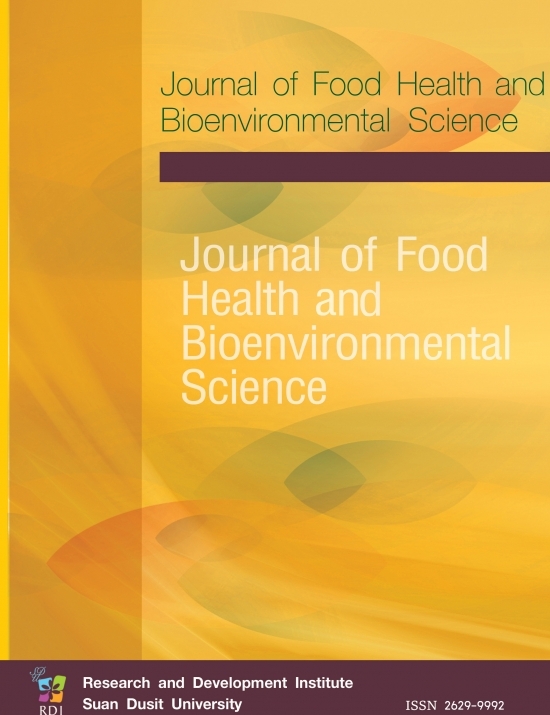Development of Local Halal Food Product: Budu Tumih Noni Leaf Rice Crisp
Keywords:
Rice Crips, Noni Leaf, Budu TumihAbstract
This research was conducted to figure out the proper concentration of noni leaf juice to produce noni rice crisp and the appropriate budu-tumih content for topping the crisp in order to be one of local halal food products. The study focuses on the product's chemical composition, physical properties, sensory properties, consumers' acceptance and shelf life. The results reveal that the proportion of noni leaf and water at 120:500 g/ml used in the extraction process and 5 g/piece of budu-tumih content by weight are appropriate in budu-tumih noni leaf rice crisp production. The L*, a* and b* values of the product were 14.27, 4.04 and 2.36, respectively. The aw was 0.34. For chemical composition, it found that 10.17, 25.97, 61.20, 3.62, 1.90 and 4.14% of protein, fat, carbohydrate, fiber, ash, and moisture, respectively, with a pH of 4.25. The texture property in terms of hardness and crispness was 5.61 and 4.52. The consumer acceptance test shows that the mean of “overall preference” score for the product was at the like to mostly like level (4.99 ± 0.53). It also found that 89% of consumers accept the product and 90% of consumers would purchase the product if it is available in the market. The microbiological quality of the product found the total plate count of <1x106 cfu/g whereas yeast and mold were <100 cfu/g. The results indicate that the shelf life of the product was at least 10 weeks.








